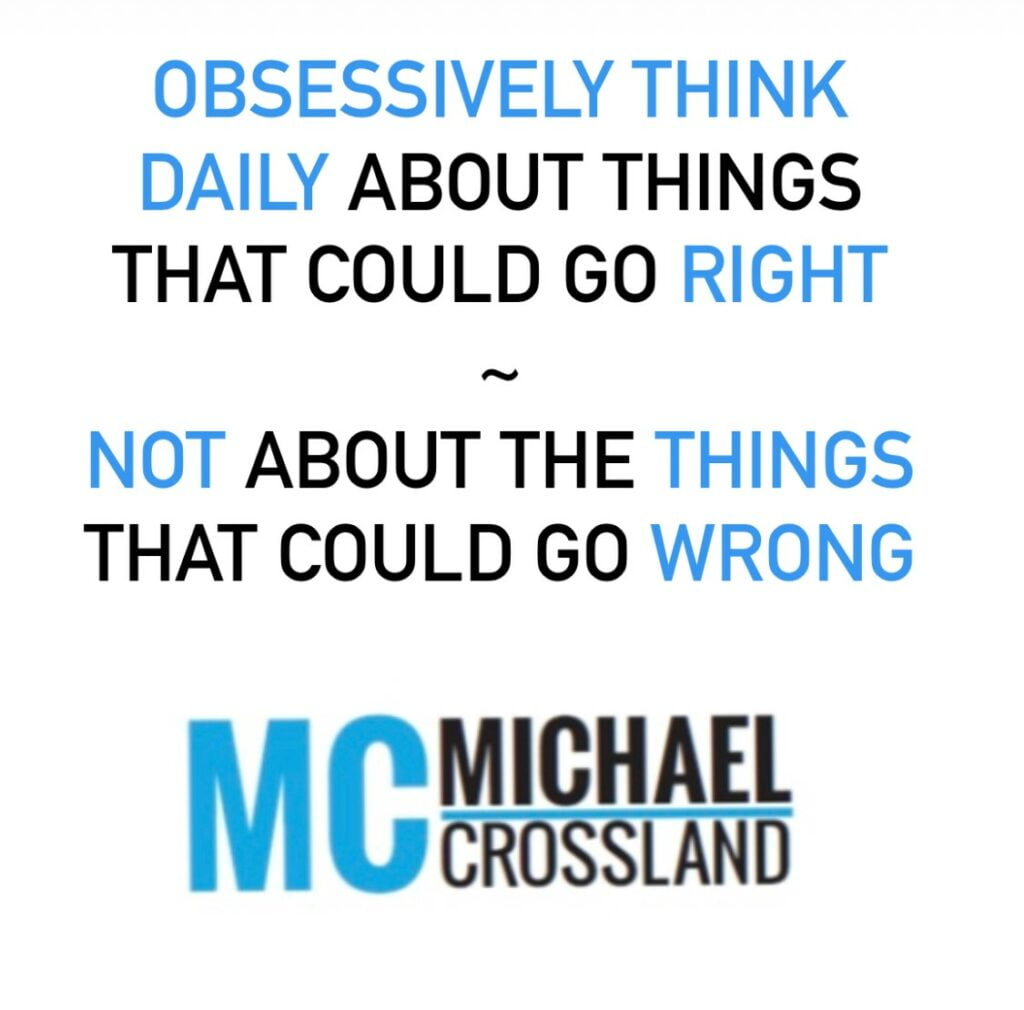As the end of October draws near, now more than ever, with what is going on in the world, it’s critical to get our mindset in the best place that it possibly can be.
I heard an amazing statistic recently that we have over 80,000 thoughts a day and 70% of them are negative. It’s so important that we identify different ways to not only reduce the amount of thoughts we have but also reduce the percentage of negativity.
Consistency is the key to transformation so for me to really transform the amount of thoughts and percentage of negativity I have, I must consistently create a daily routine that becomes a daily habit that will transform my thought patterns. If, for 21 days we can change our behaviour, we will change our life.
This first thing we must do is:
Meditate. I assure you, this will assist greatly in reducing the amount of thoughts that you have each day, even a meditation session where you feel your mind is running 100 miles an hour, is still better than not meditating at all. Lots of people think that it’s too hard or don’t know where to start. So I have attached a free link to my meditation session to assist and also to demonstrate how easy it is! (Just 16 min-Click here)
The second thing is:
A Gratitude journal – on a day-to-day basis writing down just 3 things you are grateful for will heighten your awareness to focus on the positive things that are occurring in your life. We must obsessively think daily about all the things that could go RIGHT.
By doing both of these every single morning, investing the first 30 minutes of your day to inject peace and positivity in your mindset, it will drastically transform the way you think, act and feel.
This stuff is not rocket science, it’s something that I’ve implemented on a day-to-day basis and I assure you it has transformed my life.
You’re in the last quarter of the year, it’s time to put the foot down, not by increasing your workload but rather increasing your self investment, your self care which will increase your self-worth.

